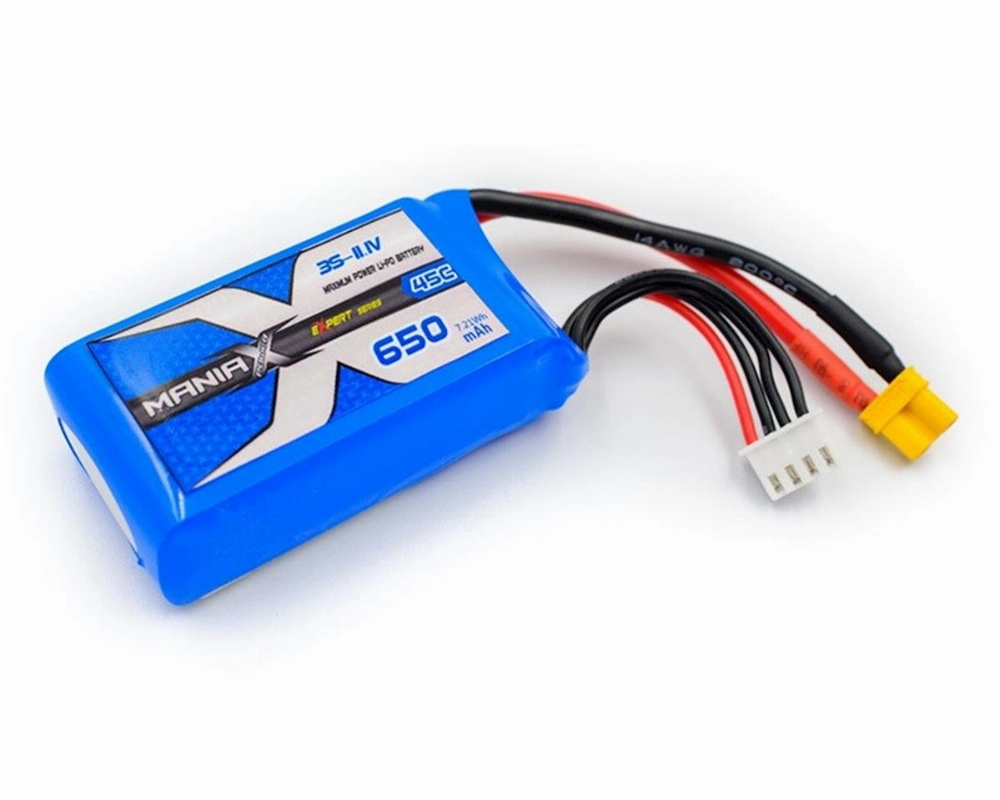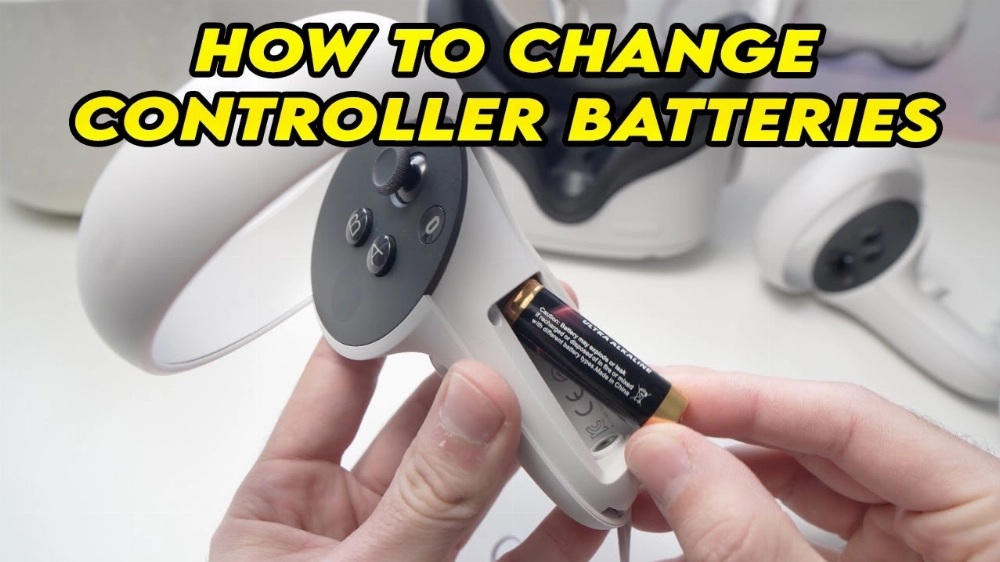Part 1: What is a 3S Battery?
A 3S battery is a type of battery pack composed of three individual battery cells connected in series. The designation “3S” refers to this series configuration, which increases the battery pack’s overall voltage while maintaining a relatively compact and lightweight form factor.

These batteries are widely used in applications where power and efficiency are critical, such as drones, remote-controlled cars, and other high-performance gadgets. Their popularity stems from the ideal balance they strike between power output and size, making them both versatile and efficient.
Part 2: 3S Battery Voltage
Understanding the voltage of a 3S battery is crucial because it directly affects the performance of devices using it. The voltage of a 3S battery is the sum of the voltages of its three individual cells. Typically, each cell in a Lithium Polymer (LiPo) or Lithium-Ion (Li-ion) battery has a nominal voltage of 3.7V. When three cells are connected in series, the nominal voltage of the battery is 11.1V (3.7V x 3).
However, when fully charged, each cell can reach 4.2V, making the total voltage of a fully charged 3S battery approximately 12.6V. This higher voltage provides the necessary power for high-performance applications. Understanding these voltage levels is essential for ensuring proper handling and optimal device performance.
- Nominal Voltage: 11.1V
- Fully Charged Voltage: 12.6V
- Discharge Cut-off Voltage: 9.0V
Part 3: How to Charge a 3S Lithium Battery
Charging a 3S lithium battery requires precise voltage control to ensure safety and longevity. A 3S battery consists of three cells connected in series, each with a nominal voltage of 3.7V. Here’s a breakdown of how the charging process works:
Charging Voltage for 3S Lithium Batteries:
- Nominal Voltage (50% State of Charge): 11.1V (3.7V x 3 cells)
- Fully Charged Voltage (maximum charge level): 12.6V (4.2V per cell x 3 cells). This is the maximum safe voltage for most lithium-ion chemistries, including Li-ion, LiFePO4 and LiPo.
- Low Voltage (minimum discharge voltage): 9.0V (3.0V per cell x 3 cells). Discharging below this voltage can cause irreversible damage.
Charging Process:
- Constant Current Phase (CC): In the initial phase, the battery is charged with a constant current until the voltage reaches 12.6V.
- Constant Voltage Phase (CV): Once the voltage reaches 12.6V, the charger switches to constant voltage mode, maintaining the voltage at 12.6V while the current gradually decreases. This ensures the battery is fully charged without overcharging.
Part 4: Types of 3S Batteries
A 3S battery consists of three cells connected in series, which increases the overall voltage without affecting individual cell capacity. These batteries come in different chemical compositions, each with specific characteristics. Here are the most common types of 3S lithium batteries:
- 3S Lithium-Ion Battery (Li-ion)
- Description: Common lithium-ion batteries, often using materials like Lithium Cobalt Oxide (LiCoO2), Lithium Manganese Oxide (LiMn2O4), or other variations.
- Applications: Li-ion batteries are commonly found in laptops, power tools, e-bikes, electric vehicles (EVs), and energy storage devices.
- 3S LiFePO4 Battery (Lithium Iron Phosphate)
- Description: Known for their high thermal stability and safety, LiFePO4 batteries are a safer alternative to other types of lithium batteries.
- Applications: LiFePO4 batteries are used in various applications, including electric vehicles, solar power systems, and power storage solutions.
For a more in-depth look at lithium-ion technology, see our Lithium Battery vs. AGM Battery Guide.
3S Battery Guide: Understanding Different Lithium-Ion Battery Chemistries and Their Applications
1. 3S Lithium-Ion Battery (Li-ion)
Description: The 3S Lithium-Ion (Li-ion) battery is a widely used type of rechargeable battery. Known for its high energy density and relatively lightweight design, lithium-ion batteries are popular in various industries. They are commonly used in consumer electronics and electric vehicles due to their excellent performance and reliability.
Applications: They are widely used in electric vehicles, e-bikes, solar power systems, and backup power systems.
2. 3S Lithium Iron Phosphate Battery (LiFePO4)
Description: Lithium Iron Phosphate (LiFePO4) batteries are known for their safety, stability, and long lifespan. They are considered one of the safest lithium battery chemistries, making them a preferred choice for high-risk applications. While they may have a slightly lower energy density compared to other lithium batteries, their enhanced thermal stability and longer cycle life make them ideal for demanding conditions.
Applications: Commonly used in renewable energy storage, solar systems, electric vehicles (especially e-bikes and solar cars), and backup power systems.
3. 3S Lithium Polymer Battery (LiPo)
Description: Lithium Polymer (LiPo) batteries are known for their flexible and lightweight design and are often used in high-performance applications. Lithium polymer batteries can be made in various form factors, making them suitable for designs where space is limited. Their lightweight nature and high discharge rates make them popular in demanding applications.
Applications: Drones, Remote Control (RC) vehicles, airplanes, portable electronics, and electric skateboards.
4. 3S NCM Battery (Nickel Cobalt Manganese)
Description: NCM batteries combine nickel, cobalt, and manganese to provide an excellent balance of energy density, performance, and safety. This combination makes them suitable for applications requiring high energy storage and reliability. These batteries offer robust power, especially in electric vehicles and other high-demand scenarios.
Applications: Electric Vehicles (EVs), e-bikes, energy storage systems, and power tools.
5. 3S NCA Battery (Nickel Cobalt Aluminum)
Description: Similar to NCM batteries, NCA batteries also use nickel and cobalt but add aluminum. This chemistry offers superior energy density and efficiency, making them ideal for high-power, high-performance applications.
Applications: Primarily used in high-performance electric vehicles (such as Tesla cars), large-scale energy storage systems, and other high-capacity applications.
6. 3S LCO Battery (Lithium Cobalt Oxide)
Description: Lithium Cobalt Oxide (LCO) batteries are known for their high energy density, making them an excellent choice for lightweight devices requiring long battery life.
Applications: Mobile phones, laptops, tablets, and other portable electronics.
7. 3S LMO Battery (Lithium Manganese Oxide)
Description: Lithium Manganese Oxide (LMO) batteries offer excellent thermal stability and enhanced safety features. LMO batteries are known for their durability and are often used in environments where thermal management is critical. Their performance is reliable in various applications, particularly where safety is a primary concern.
Applications: Power tools, electric vehicles, energy storage systems, and medical devices.
8. 3S LFP Battery (Lithium Iron Phosphate)
Description: Lithium Iron Phosphate (LFP), also known as LiFePO4, is another highly stable and durable chemistry. They are particularly safe and can withstand high-temperature environments with a low risk of failure. This makes it a preferred choice for applications where safety and reliability are paramount.
Applications: Solar power systems, energy storage solutions, electric vehicles, and backup power applications.
Key Differences in 3S Batteries:
- Capacity: Varies depending on the chemistry and intended use.
- Energy Density: Lithium-ion and NCM batteries typically offer higher energy density than LiFePO4 and LMO batteries.
- Safety: LiFePO4 and LMO batteries are preferred for applications where safety and thermal stability are critical.
3S Battery Charger: Ensuring Safe and Efficient Charging
A 3S battery charger is essential for maintaining the health and performance of rechargeable battery packs. To ensure safe charging, a good charger should support balance charging, which evenly charges the three cells in the battery pack. This is crucial for preventing any single cell from overcharging or undercharging, thereby extending the battery’s lifespan and maintaining its performance.
When selecting a charger, look for features like adjustable current settings, safety mechanisms, and overcharge protection. These features are designed to keep your batteries safe, functional, and efficient in the long term.
3S 18650 Battery: A Specific Type of Lithium Battery
The “18650” designation refers to the dimensions of the individual lithium-ion cells used in the 3S battery pack. Each 18650 cell is 18mm in diameter and 65mm in length. 18650 cells are known for their balance of capacity, voltage, and size, making them efficient and reliable for use in battery packs.
A 3S 18650 battery pack consists of three of these cells connected in series, resulting in a powerful and durable power source. This type of battery is commonly found in high-performance flashlights, electric vehicles, and other energy-intensive applications.

Part 7: 3S LiPo Batteries
Let’s continue our discussion with 3S LiPo batteries, a popular choice in the high-performance industry. “LiPo” stands for Lithium Polymer, and these batteries are highly regarded for their rapid discharge rates, allowing them to release strong bursts of energy quickly. A 3S LiPo battery consists of three lithium polymer cells connected in series, making them a popular choice for demanding applications. (hereinafter 3S LiPo)
One of the main advantages of LiPo batteries is their lightweight design. This makes them ideal for use in drones and remote-controlled vehicles, where minimizing weight is crucial. However, it’s important to handle them with care. LiPo batteries are sensitive to overcharging and physical damage, so it’s important to handle and store them carefully.
Part 8: 3S Lithium-Ion Batteries
While LiPo batteries excel in high-intensity tasks, 3S lithium-ion batteries also have their unique advantages. A 3S lithium-ion battery consists of three lithium-ion cells connected in series. These batteries are known for their impressive energy density and long lifespan, meaning they can be charged many times with minimal performance loss. (hereinafter 3S lithium-ion)
3S lithium-ion batteries are commonly used in devices that require a stable and reliable power source, such as laptops, medical equipment, and portable power banks. While they may not have the same rapid discharge capabilities as LiPo batteries, their stability and longevity make up for it.
Part 9: Small 3S LiPo Batteries
In some applications, you need a battery that is not only powerful but also compact. Small 3S LiPo batteries are designed to be both lightweight and small, making them ideal for applications where space and weight are limited.
These smaller batteries often have lower mAh ratings compared to their larger counterparts, but they still provide ample power for demanding applications. They are particularly well-suited for mini-drones, small remote-controlled cars, and other compact devices. Despite their small size, these batteries can deliver significant power without weighing down your device.
Part 10: How Long Do 3S Batteries Last?
A common question about 3S batteries is, “How long do they last?” The answer depends on various factors, such as the battery’s capacity, how it’s used, and how well it’s maintained.
In terms of lifespan, a well-maintained 3S battery can last for hundreds of charge cycles. This means you can recharge the battery multiple times before it starts to lose capacity. Proper care includes using the appropriate charger, avoiding overcharging or over-discharging, and storing the battery in a cool, dry, and well-ventilated place.
Usage time varies depending on the application. For example, a 3S battery in a high-performance drone might last for 10 to 20 minutes per flight, depending on the drone’s power consumption and the battery’s capacity. However, in less demanding applications, such as a portable power bank, the same battery could last much longer
Understanding Deep Cycle Battery Charging
Confused about how to charge a deep cycle battery? Don’t worry! Our guide simplifies the process. You’ll discover safe and efficient methods for charging batteries.







